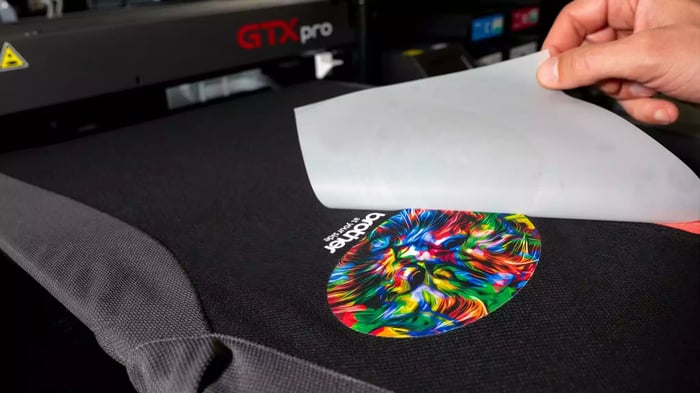In digital printing the printer driver is an unsung hero, bridging the communication gap between a computer and a printer. This article explores the intricacies of printer drivers, their types, functions, and why they are so important to the printing process.
Understanding Printer Drivers
A printer driver is essentially a software program that enables your computer to communicate with your printer. It's not just a conduit for data; it translates instructions from your operating system or application software into a language that the printer can understand. This translation is crucial because it allows the printer to produce the exact output that the software intends.
The Role of Printer Drivers in Label Printing
For specific printing tasks like label printing, the accuracy of a printer driver becomes even more critical. It converts your label template into a Page description Language, which is a series of geometric lines and shapes described using mathematical equations. This precise translation is key to ensuring that every label aligns correctly and looks professional.
Importance in Data Translation: With a variety of software and printer models, each having unique data encoding methods, the printer driver acts as a crucial translator. It converts documents, like label templates, into a Page Description Language that the printer can interpret. This language explains the arrangement and content of a page using geometric lines and shapes described by mathematical equations.
Managing Print Settings: Printer drivers also communicate the appropriate print settings to the printer. These settings include page size, scaling options, and specific modes for different print mediums, like self-adhesive labels. Correct settings are vital for achieving accurate alignment of label templates.
Impact of Outdated Printer Drivers: An outdated printer driver may incorrectly translate instructions, leading to alignment issues and poor print quality. This is particularly problematic for label templates where precise alignment is crucial.
Checking and Updating Printer Drivers: Keeping printer drivers up to date is essential. Whether it is a Windows or Mac system, you can accomplish this by running software updates on your device. Printer manufacturers often provide tools for checking updates or have the latest drivers available on their websites.

Types of Printer Drivers
-
Device-Independent Converters: These are versatile drivers capable of converting print data from one general-purpose format (like PDF) to another (such as PostScript). An example of this type is Ghostscript.
-
Converters to Device-Specific Format: These drivers specialize in converting print data into a device-specific format that the printer hardware can process. Examples include HP's Printer Command Language (PCL) and Adobe's PostScript.
-
Embedded Firmware Drivers: Some modern printers come with embedded firmware that includes drivers. These drivers can often accept print data in a general-purpose format like PDF, directly via a network, simplifying the printing process.
Final Thoughts
A printer driver is an essential component in the printing process, often overlooked yet vital for accurate and efficient printing. Its role in translating digital data into printable formats, coupled with the diversity in types and packaging formats, highlights its importance in the world of printing. Whether it's for general document printing or specific tasks like label printing, the printer driver ensures that your printer delivers the desired output each time. Keeping it updated is a simple yet crucial step to ensure the best performance from your printing devices.






